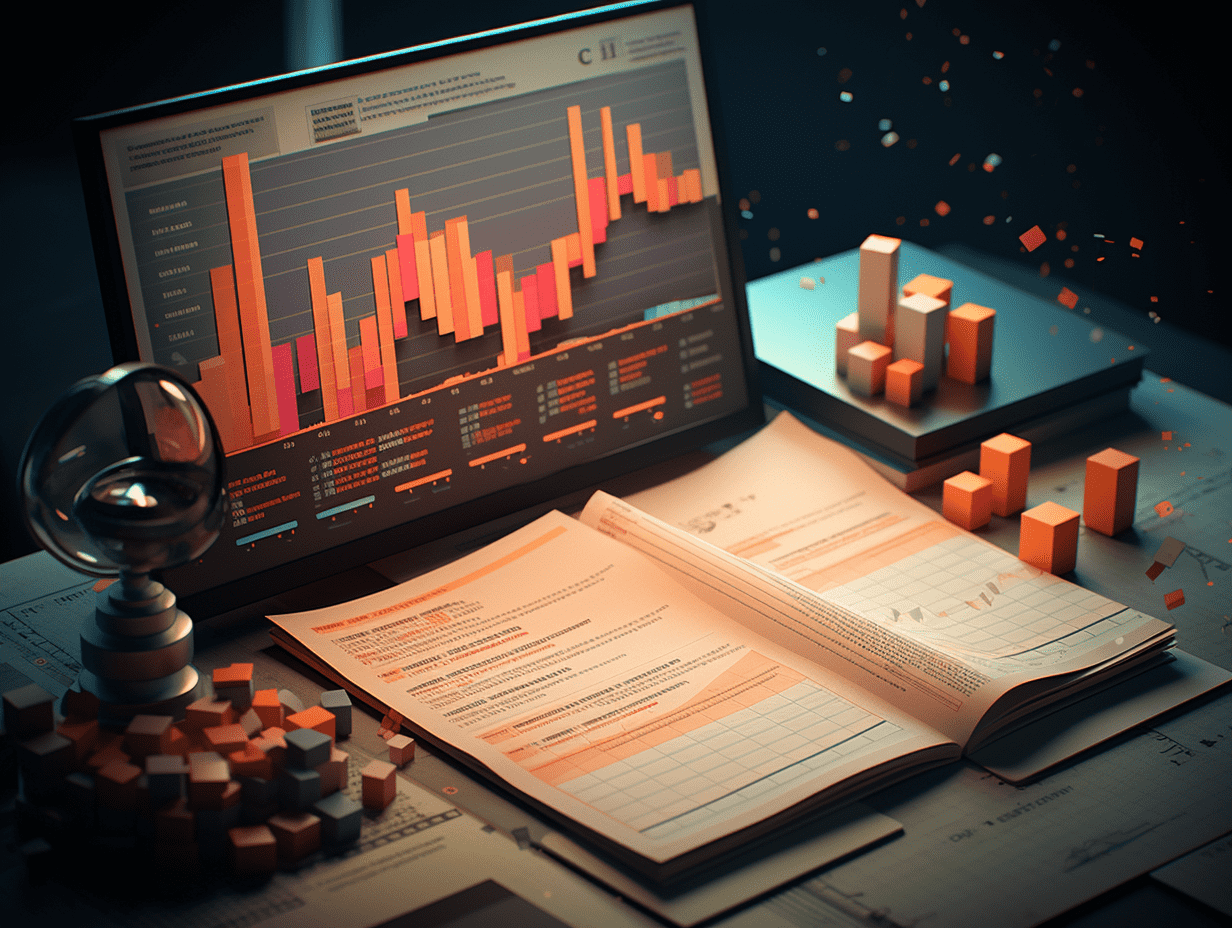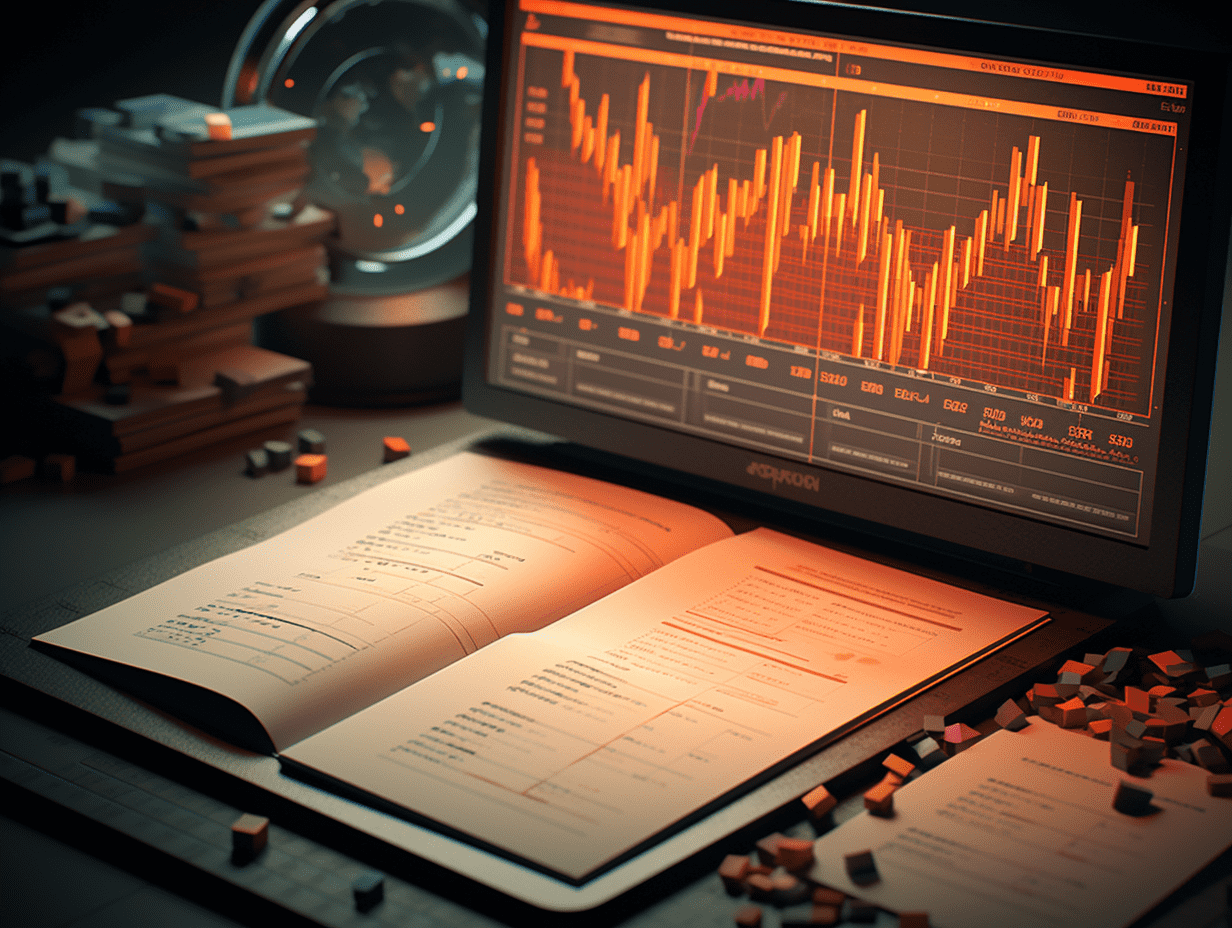
Dongxing: Expansion of the scope of trade-ins for new hybrid models continues trend
Dongxing released a research report stating that in 2024, China's automotive market achieved growth in production and sales with the help of the old-for-new policy. The penetration rate of new energy vehicles continues to increase, and hybrid models are steadily increasing their market share due to various advantages. The export share of automobiles is also expanding, with a strong growth in the export of plug-in hybrid models even though the export of pure electric models has slowed down. Looking ahead to 2025, with the expansion of subsidy policies, the automotive market is expected to remain stable.
Events: China Association of Automobile Manufacturers recently released the automotive production and sales data for 2024, with a total production and sales of 31.282 million and 31.436 million vehicles respectively, representing year-on-year growth of 3.7% and 4.5%. Among them, the production and sales of new energy vehicles were 12.888 million and 12.866 million respectively, with year-on-year growth of 34.4% and 35.5%.
Key points from Dongxing:
- The old-for-new policy is driving demand, and car sales in 2025 are expected to continue to grow.
- The penetration rate of new energy vehicles is increasing, and the trend of hybrids continues.
- The export share of automobiles is expanding, with a slowdown in the export of pure electric vehicles.
Investment recommendations:
For the entire vehicle sector, focus on intelligence:
As the penetration rate of new energy continues to increase, the development of intelligent vehicles is entering a period of accelerated growth. Leading companies have gradually built a leading advantage in training data, training facilities, and intelligent driving ecosystems. Huawei, with its technological accumulation in the ICT field, has extended its business to areas such as connectivity, computing, and is committed to building an intelligent world of interconnected things. Its competitiveness in software, hardware, chips, terminals, networks, and cloud fields is strong. The development of intelligent cars matches ICT technology in multiple scenarios, and through large-scale research and development investments, Huawei is gradually entering the harvest period in the field of intelligent vehicles.
Beneficiaries include companies like Chongqing Sokon Industry Group Stock (601127.SH) under the Huawei Smart Choice Car model, Anhui Jianghuai Automobile Group Corp., Ltd. (600418.SH), BAIC BluePark New Energy Technology (600733.SH), and Chongqing Changan Automobile (000625.SZ) under the HI model.
For the components sector, a bottom-up strategy:
1) Automotive rubber and plastic pipelines: Bullish on Sichuan Chuanhuan Technology (300547.SZ) and Chongqing Sulian Plastic (301397.SZ). Sichuan Chuanhuan Technology has advantages in various pipeline types, rubber formulations, process innovation, and cost control; Chongqing Sulian Plastic is a domestic leader in core components such as nylon pipeline quick connectors.
2) Internal combustion engine industry chain: The hybrid trend in China is evident, and internal combustion engines will exist in hybrid form for a long time. More bullish on domestic turbocharged cylinder block companies like Kehua Holdings (603161.SH), core suppliers of valve drive systems like Hangzhou XZB Tech (603040.SH), and domestic leading cylinder liner companies like ZYNP Corporation (002448.SZ)."Bonjour, comment puis-je vous aider aujourd'hui?"
"Hello, how can I help you today?"Aluminum Die Casting Industry: The industry has experienced fierce competition and is optimistic about the development prospects of IKD Co., Ltd. (600933.SH). The company's traditional small aluminum die-casting parts continue to increase market share, while the new energy large parts business is increasing business volume. IKD Co., Ltd. has high operational efficiency and cost control capabilities.
Risk Warning: Subsidy policy coverage duration is shorter than expected, competition in the automotive industry continues to intensify, overseas tariff policies change, and major raw material prices rise sharply.
HK Stock Market Move | Aluminum industry stocks have performed well, with strong support for aluminum prices still coming from demand for the "New Three" industries. Keep an eye on changes in industry chain costs this year.
HK Stock Market Move | ROBOSENSE (02498) rose more than 5%. Recently released multiple new products from Siasun Robot & Automation. Institutions are bullish on overseas market growth potential.
RECOMMEND
©️2013 - 2025 GMT EIGHT Holdings. All Rights Reserved.
Contact: contact@gmteight.com


